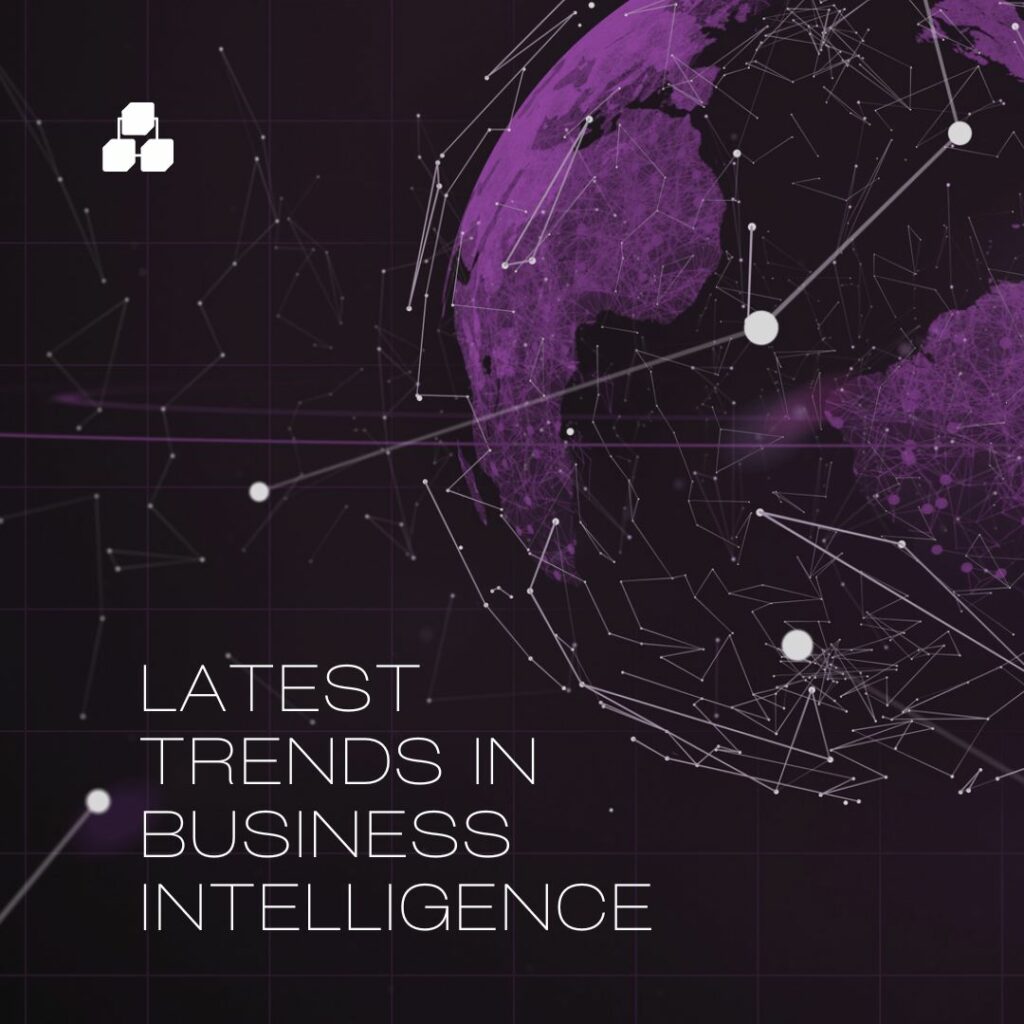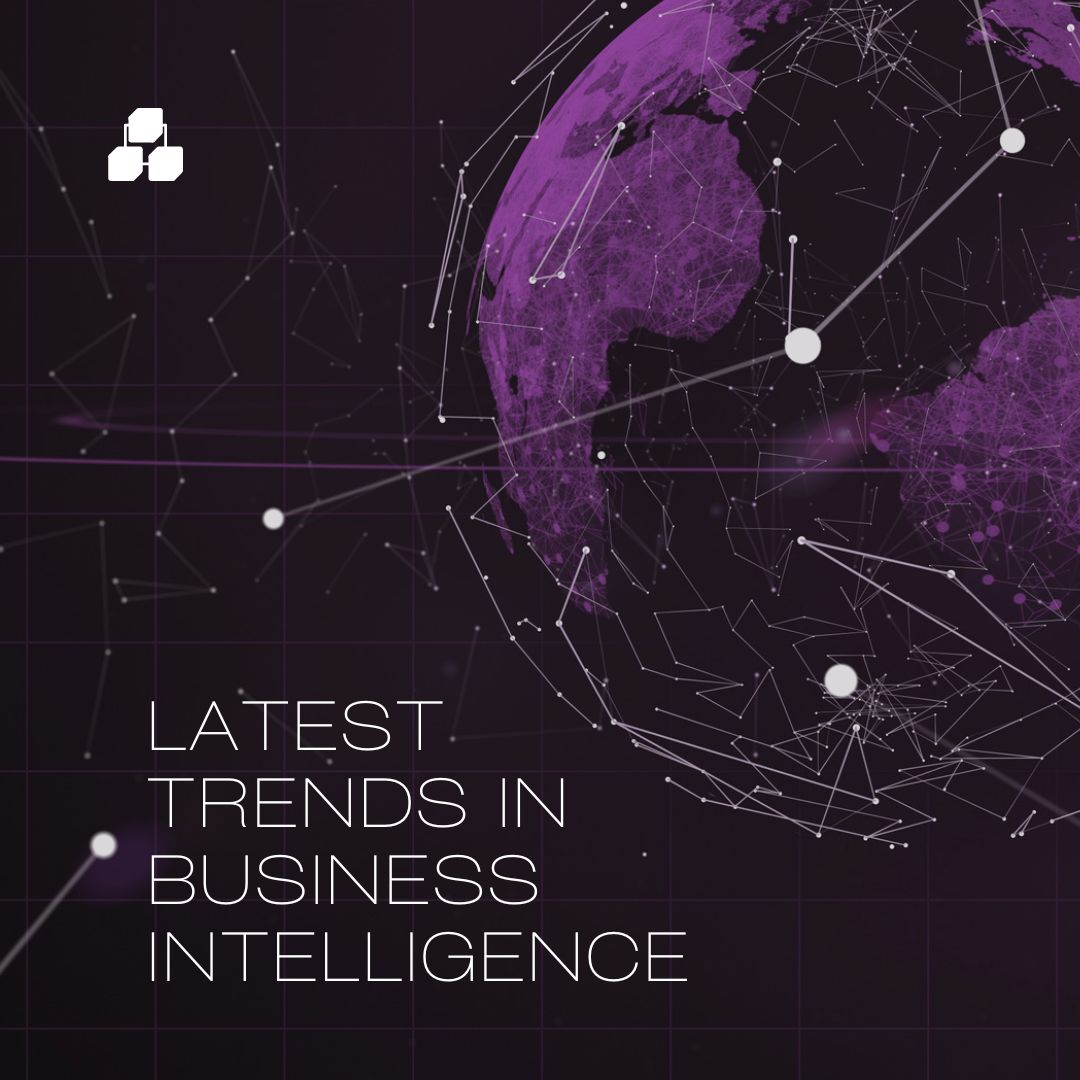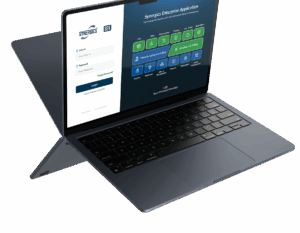
Business intelligence (BI) is rapidly evolving, driven by advancements in technology and increasing demands for data-driven decision-making. Keeping up with the latest trends in business intelligence is essential for organizations looking to maintain a competitive edge. This blog explores the most significant BI trends shaping the industry today, providing insights into how these innovations can transform your business operations.
1. Artificial Intelligence and Machine Learning Integration
One of the most transformative latest trends in business intelligence is the integration of artificial intelligence (AI) and machine learning (ML). These technologies enable more sophisticated data analysis, allowing organizations to uncover deeper insights and predict future trends with greater accuracy. AI and ML can automate routine tasks, enhance data quality, and provide real-time analytics, making it easier for businesses to make informed decisions.
2. Data Democratization
Data democratization refers to making data accessible to a broader audience within an organization, empowering employees at all levels to make data-driven decisions. This trend is gaining traction as companies recognize the value of decentralizing data analysis. Tools that support self-service BI are becoming more popular, enabling non-technical users to analyze data and generate reports without relying on IT departments.
3. Augmented Analytics
Augmented analytics leverages AI and ML to enhance data preparation, analysis, and visualization. This trend simplifies the data analysis process, making it more accessible to non-technical users. Augmented analytics tools can automatically highlight key insights, identify patterns, and suggest actions based on data, helping organizations make faster and more accurate decisions.
4. Data Visualization and Storytelling
Effective data visualization and storytelling are crucial for making data insights understandable and actionable. Advanced data visualization tools are now incorporating more interactive and intuitive features, enabling users to explore data in new ways. By presenting data in a visually appealing and easy-to-understand format, businesses can better communicate insights and drive strategic decisions.
5. Real-Time Analytics
The demand for real-time analytics is growing as businesses seek to make quicker, more informed decisions. Real-time analytics tools allow organizations to monitor data as it is generated, providing up-to-the-minute insights. This trend is particularly valuable in industries where timely information is critical, such as finance, healthcare, and retail.
6. Cloud-Based BI Solutions
Cloud-based BI solutions offer flexibility, scalability, and cost savings, making them an attractive option for businesses of all sizes. These solutions enable organizations to access BI tools and data from anywhere, at any time, facilitating remote work and collaboration. The shift to cloud-based BI is expected to continue as companies look for more efficient and cost-effective ways to manage their data and analytics.
7. Data Governance and Security
As data becomes increasingly valuable, ensuring its security and compliance is more important than ever. Data governance involves establishing policies and procedures for managing data throughout its lifecycle. This trend is critical for protecting sensitive information, maintaining data quality, and ensuring regulatory compliance. BI tools with robust data governance features help organizations safeguard their data and build trust with stakeholders.
8. Embedded Analytics
Embedded analytics integrates BI capabilities directly into business applications, providing users with relevant insights within their workflow. This trend enhances user experience by delivering contextual analytics, enabling quicker decision-making. Embedded analytics can be found in various applications, from CRM systems to ERP software, making it easier for employees to access and act on data insights.
9. Natural Language Processing (NLP)
Natural Language Processing (NLP) allows users to interact with BI tools using natural language queries. This trend is making BI more accessible to a broader audience, as users can ask questions and receive answers in plain language. NLP-powered BI tools can understand and interpret complex queries, providing accurate and relevant insights without requiring users to have advanced technical skills.
10. Predictive and Prescriptive Analytics
Predictive analytics uses historical data to forecast future outcomes, while prescriptive analytics suggests actions to achieve desired results. These advanced analytics techniques are becoming more prevalent as businesses seek to optimize their operations and gain a competitive edge. By leveraging predictive and prescriptive analytics, organizations can anticipate trends, identify opportunities, and mitigate risks.
Conclusion
Staying abreast of the latest trends in business intelligence is crucial for organizations looking to leverage data to its fullest potential. From AI and machine learning integration to real-time analytics and data democratization, these trends are transforming the way businesses operate and make decisions. By embracing these innovations, companies can enhance their data capabilities, drive strategic initiatives, and achieve long-term success in an increasingly data-driven world.












